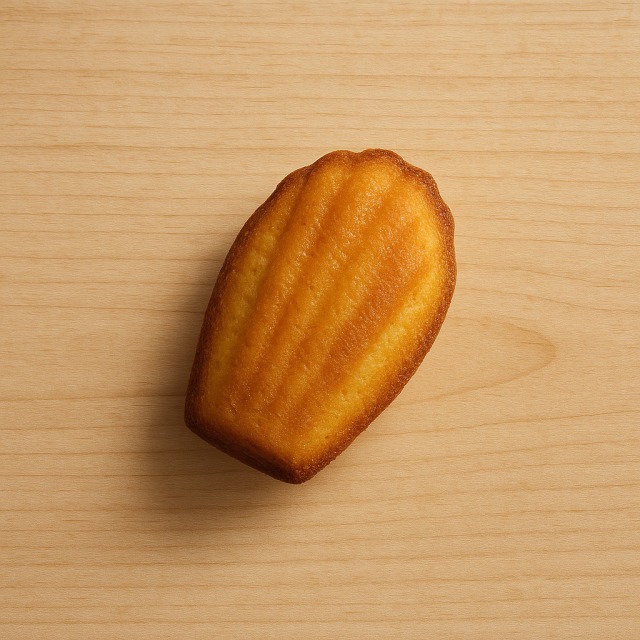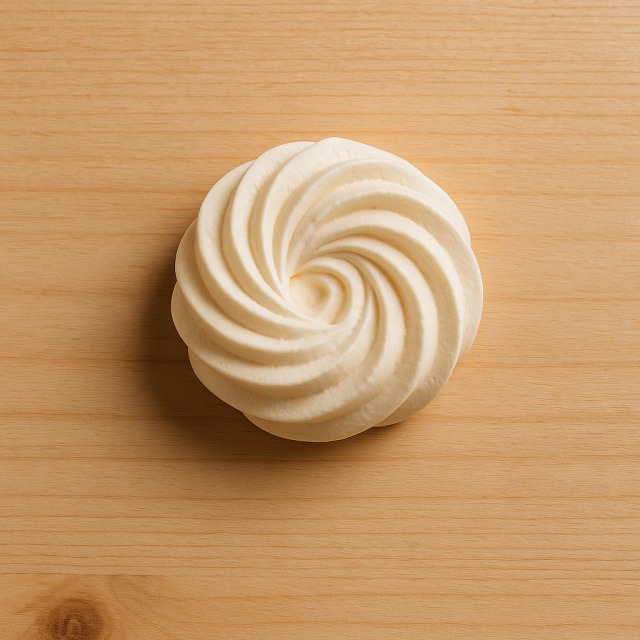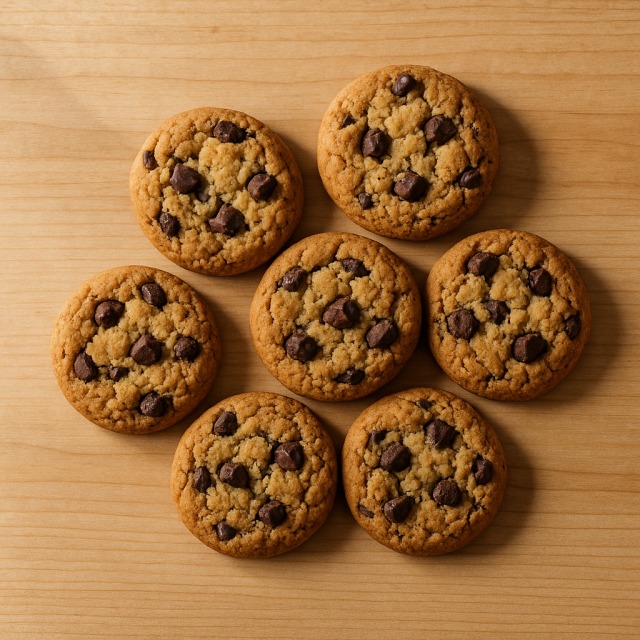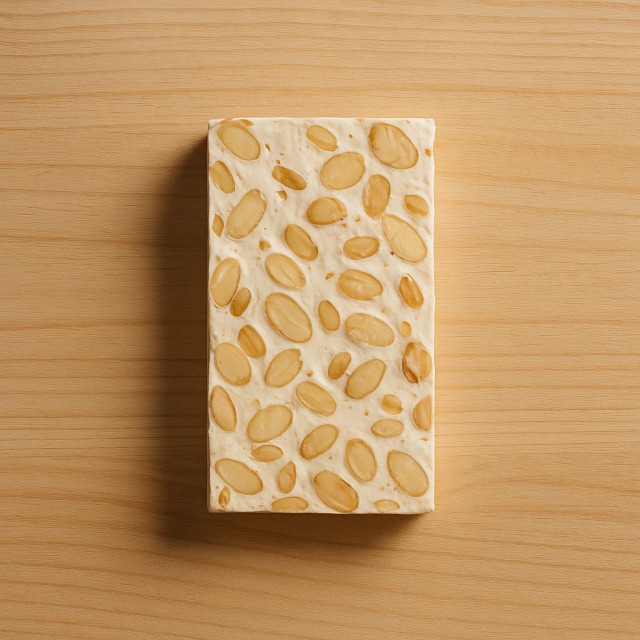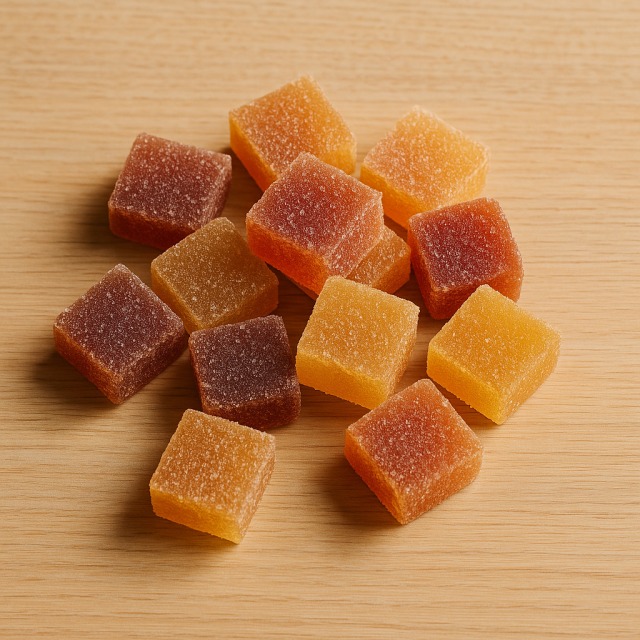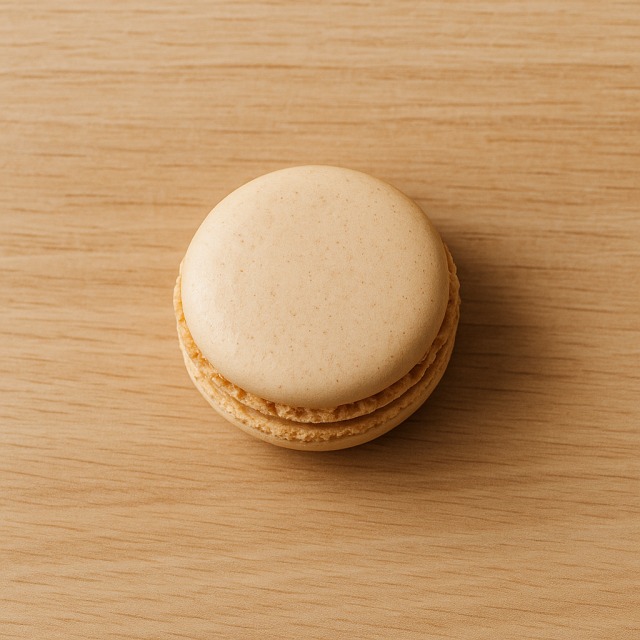Calorie Chart / Breakfast, Snacks / Butter biscuit
How Many Calories Are in Butter biscuit?
Calculation of the nutritional value & Recommended Dietary Intake of butter biscuit
For g and a calorie requirement of kcal
| Calories 34 kcal | Proteins 0.6 g | Lipids 0.9 g | Carbohydrates 6 g |
| 2% | 1% | 1% | 2% |
Health benefits of butter biscuit
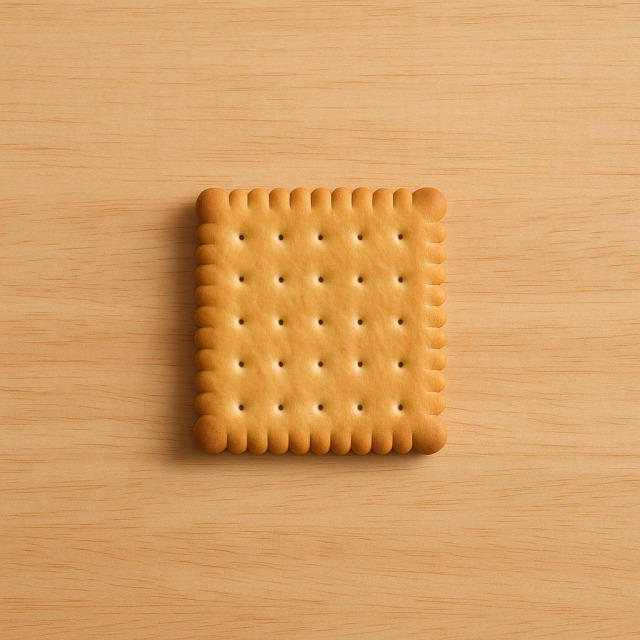
Butter biscuit - 100g
Calories 431 kcal
Proteins 8 g
Lipids 11 g
Carbohydrates 75 g
With around 431 calories per 100 g, the butter biscuit clearly belongs to the high-calorie snack family. Those calories mainly come from quickly assimilated carbohydrates (75 g/100 g) that can provide rapid energy in situations where a boost is needed. Although modest in protein (8 g/100 g) and lipids (11 g/100 g), it still delivers trace minerals such as iron from enriched wheat flour and a little calcium thanks to the butter. Mention should also be made of B-group vitamins (notably thiamine and niacin) often added during flour fortification; these support normal energy metabolism and help transform the biscuit's calories into usable fuel.
The butter content supplies small amounts of vitamin A, important for vision and immune function. Sodium bicarbonate used as a leavening agent brings a few milligrams of sodium, which, in reasonable quantities, contributes to electrolyte balance. Historically, butter biscuits emerged in 19th-century Europe as a long-keeping sailor's ration—proof that their concentrated calories and low moisture made them valuable during voyages. Because the product is high in calories, portion control is crucial for people monitoring weight, but athletes looking for compact energy may find it useful during long hikes or cycling sessions.
In short, while a butter biscuit is dense in calories, it can still offer quick energy, a bit of calcium, iron, and vitamin A, and a century-old culinary heritage.
Tips for incorporating butter biscuit into a balanced diet
To keep calories in check, limit yourself to one or two butter biscuits (about 80–100 calories) and pair them with fresh fruit such as an apple or a handful of blueberries for fiber and antioxidants. This simple combination slows digestion of the biscuit's calories and avoids a blood-sugar spike.
At breakfast, crumble a butter biscuit over plain yogurt or fromage blanc 0%; you'll enjoy texture while keeping calories moderate and adding proteins. Another balanced idea is to spread a thin layer of peanut butter on half a biscuit—rich in good fats and proteins—to sustain satiety so you do not compensate with more calories later.
For a dessert that feels indulgent but remains portion-controlled in calories, use crushed butter biscuits as a base for mini cheesecakes topped with a coulis of raspberries. Finally, hikers can slip a few biscuits next to a small bag of almonds; the mixture offers both fast and slow-release calories and key micronutrients.
Frequently Asked Questions
- How many calories are in a butter biscuit?
- There are 431 kcal per 100 g.
- Is a butter biscuit suitable for a weight-loss diet?
- Because it is rich in calories and sugars, a butter biscuit can fit a weight-loss plan only in small, controlled portions and preferably combined with fiber-rich foods.
- How many calories are in one standard butter biscuit?
- A typical 12 g piece supplies roughly 50 calories, but weights vary by brand.
- Does toasting or baking the biscuit again change its calories?
- No. Dry heat evaporates water but rarely changes total calories; weight decreases slightly, so calories per gram rise marginally.
- Are there healthier substitutes with fewer calories?
- Yes, try a rice pudding cup or homemade oat cookies; they usually contain less fat and fewer calories per serving.
- Can athletes use butter biscuits for quick energy?
- Yes. The high carbohydrates and calories make them useful before or during prolonged effort, especially when paired with a protein source like semi-skimmed milk.
Similar foods
Information provided by Calorie Menu may contain inaccuracies or errors. It cannot, under any circumstances, substitute medical advice or medication.
